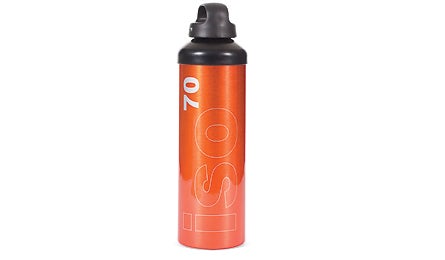Health News: What's in Your Bottle?

'Photo Courtesy Laken'
Conflicting reports about the health risks of plastic bottles have created confusion and controversy. Here’s the latest science–and expert advice on how you should respond.
Polycarbonate water bottles are as common among the hiking set as boots and bagels. And so is bisphenol-A (BPA), an estrogen-mimicking chemical used to harden the plastic in these containers. No one disputes that BPA can leach from bottles and other sources into our bodies: A 2003-04 survey by the Centers for Disease Control found traces of BPA in the urine of 93 percent of people tested. What we don’t know is if it’s dangerous. Numerous animal studies have linked BPA to reproductive problems. However, regulatory agencies in the United States, the European Union, and Japan have declared that bottles with BPA are safe for people. Nevertheless, some buyers are taking no chances. Last December, Mountain Equipment Co-op (known as the REI of Canada) pulled polycarbonate bottles from stores pending the results of a government review due out this summer. Patagonia did the same in 2005. The U.S. National Toxicology Program, which last summer said there is “some concern” that BPA might cause harm in fetuses and children, will also release a report this summer (check backpacker.com’s Daily Dirt blog for updates on these studies).
With the scientific debate deadlocked, we recommend a common sense approach: 1) If you need a new water bottle, consider a BPA-free alternative. 2) If you own polycarbonate bottles that are in good condition, you can minimize your exposure to BPA by following these steps:
- Wash bottles by hand with warm, soapy water, not in a dishwasher or with bleach or alkaline cleaners.
- Don’t fill bottles with boiling water, which accelerates leaching.
- Replace bottles when they become worn, cracked, or cloudy.